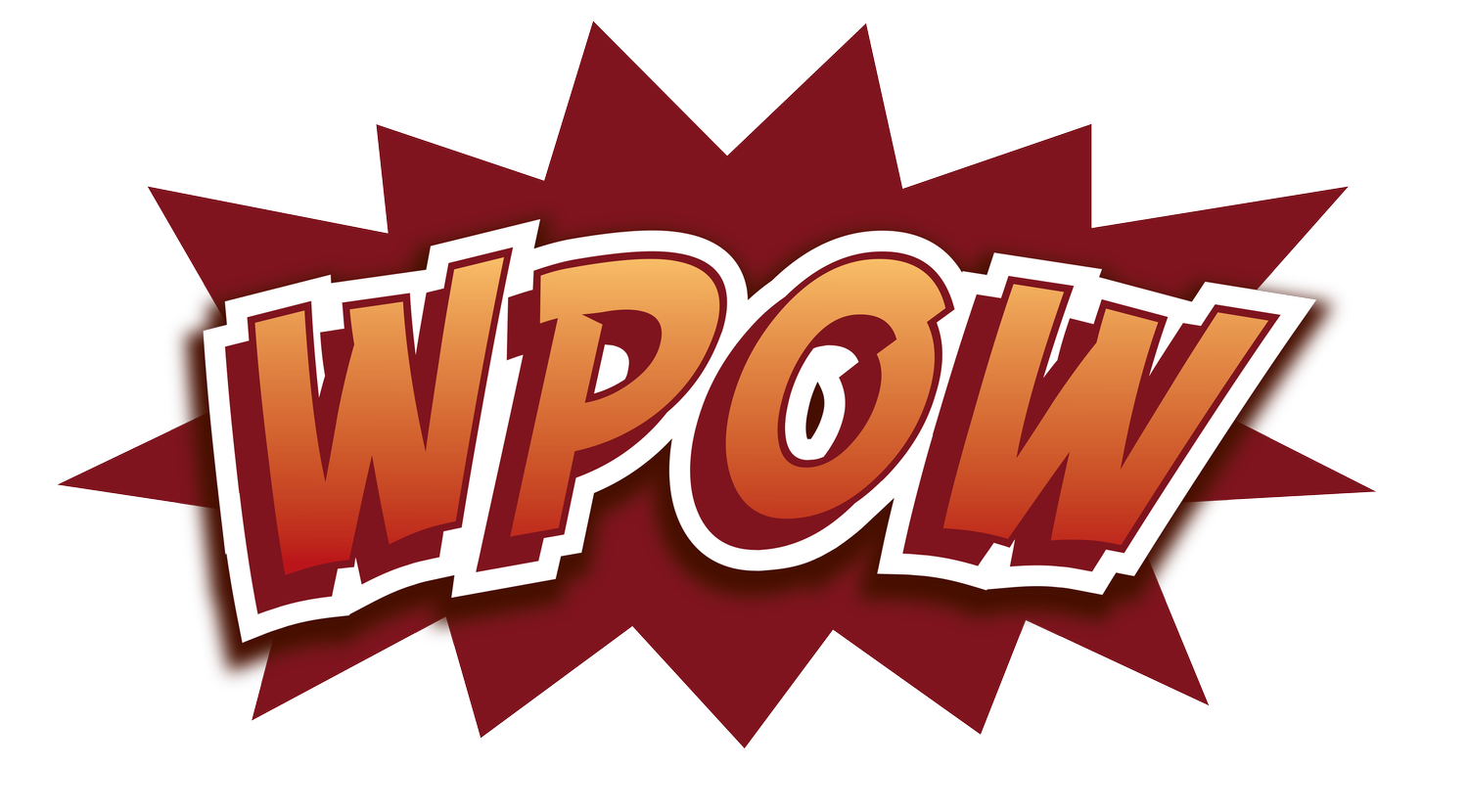Uranium Mining on the Navajo Nation
2019 winner - Mary Calvert
The Navajo people once had such low rates of cancer; they were thought to be almost immune to it. Those statistics dramatically changed during the Cold War nuclear arms race.
The U.S. Government contracted private mining companies to blast 30 million tons of uranium ore out of Navajo land with little environmental, health or safety oversight.
For almost 40 years, Navajo women, men and children worked in the uranium mines, families, livestock and crops used contaminated well water, families built their houses out of radioactive materials and children swam in open pit mines filled with radioactive rainwater.
When mining operations ceased, the companies just walked away without sealing the mines or cleaning up the radioactive waste. Today, this toxic legacy continues with more than 520 abandoned uranium mines on the Navajo Nation and the majority have not been cleaned up or contained.
Lethal and aggressive subtypes of cancer like myeloma, stomach, kidney, liver, gallbladder and cervical cancer have become all too common, yet there is only one full-time oncologist on the 27,000 square mile reservation where 175,000 Navajo people live.
About 35% of Navajo people live on the reservation without electricity and running water and 77% of reservation roads are unmaintained dirt roads.
The lack of easily accessible medical treatment leads many Navajo people to wait too long to seek care. Many are diagnosed with advanced and incurable stages of cancer.
Tuba City Regional Health Care has joined with Navajo leaders and non-profit organizations to improve cancer patient’s lives by offering the first cancer treatment available on any Native American reservation in the United States.




